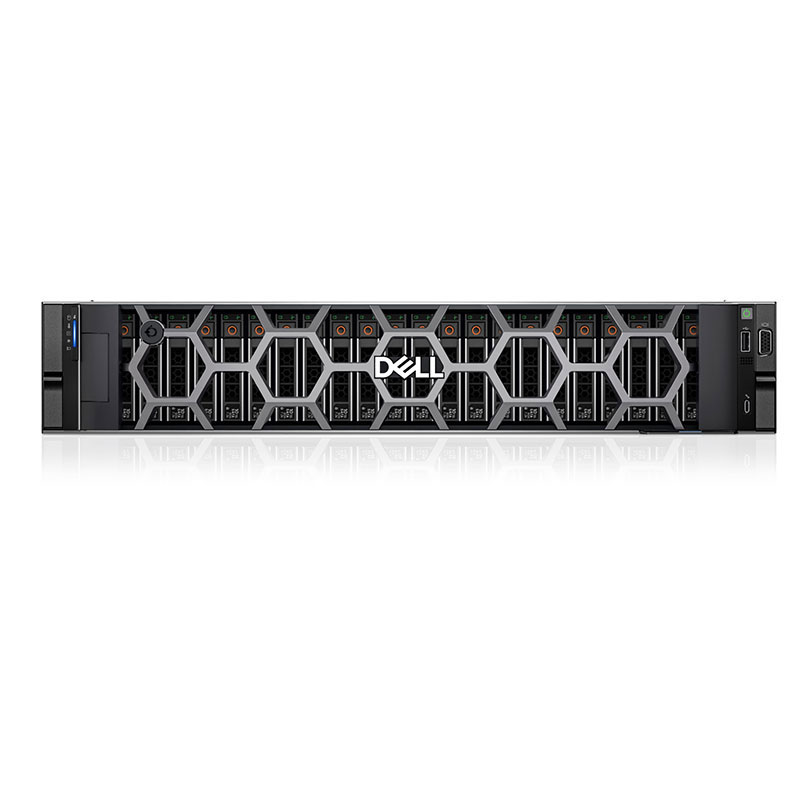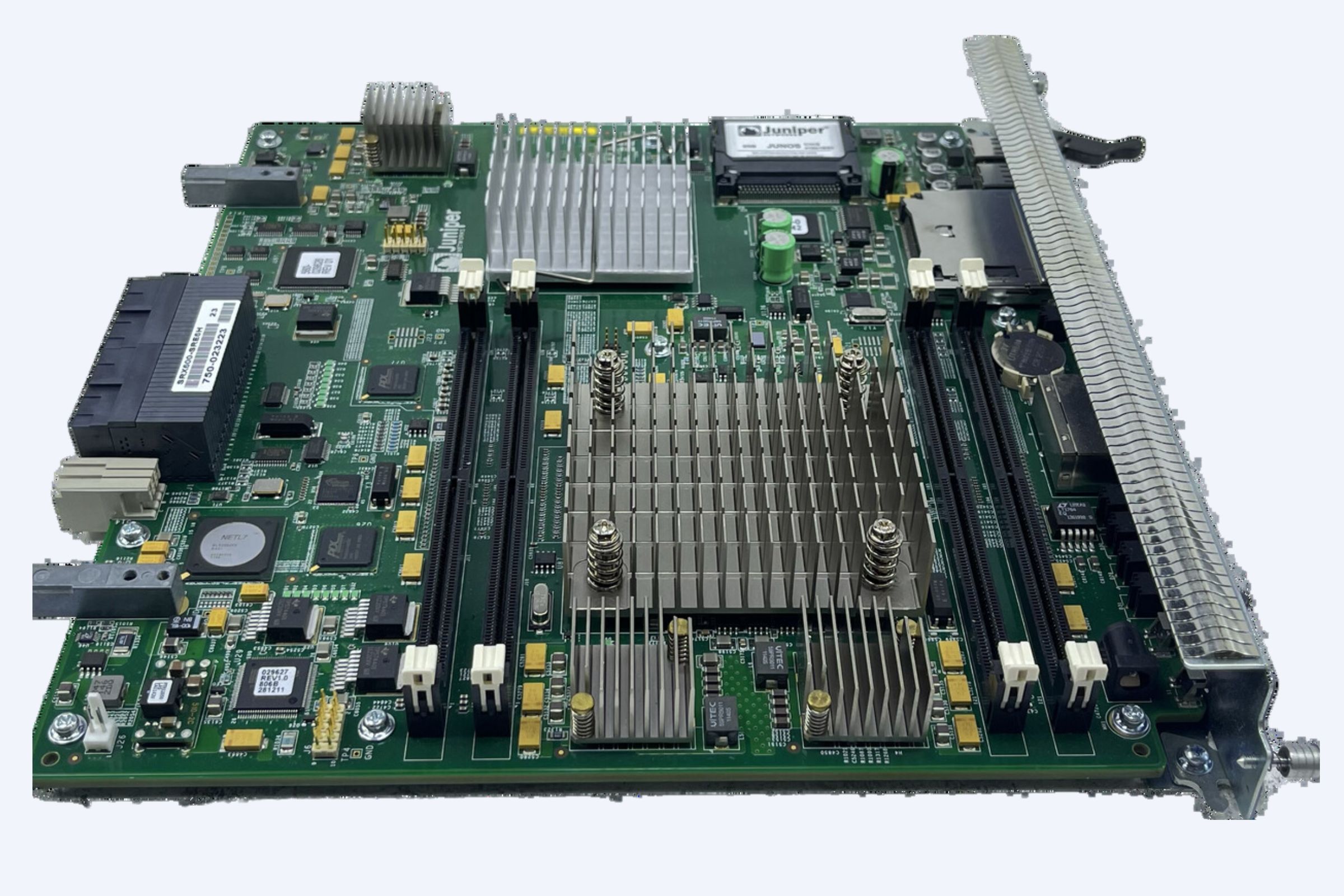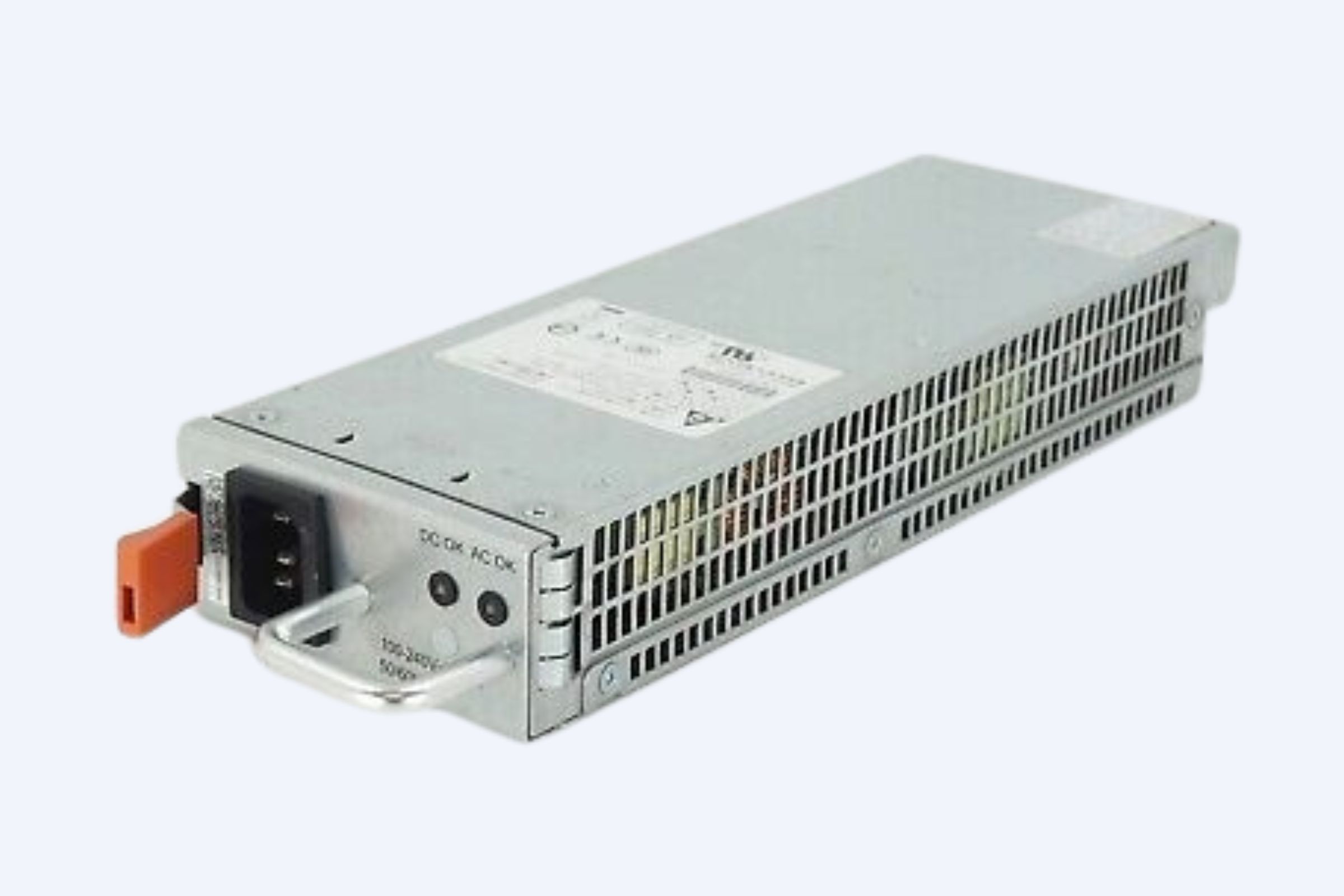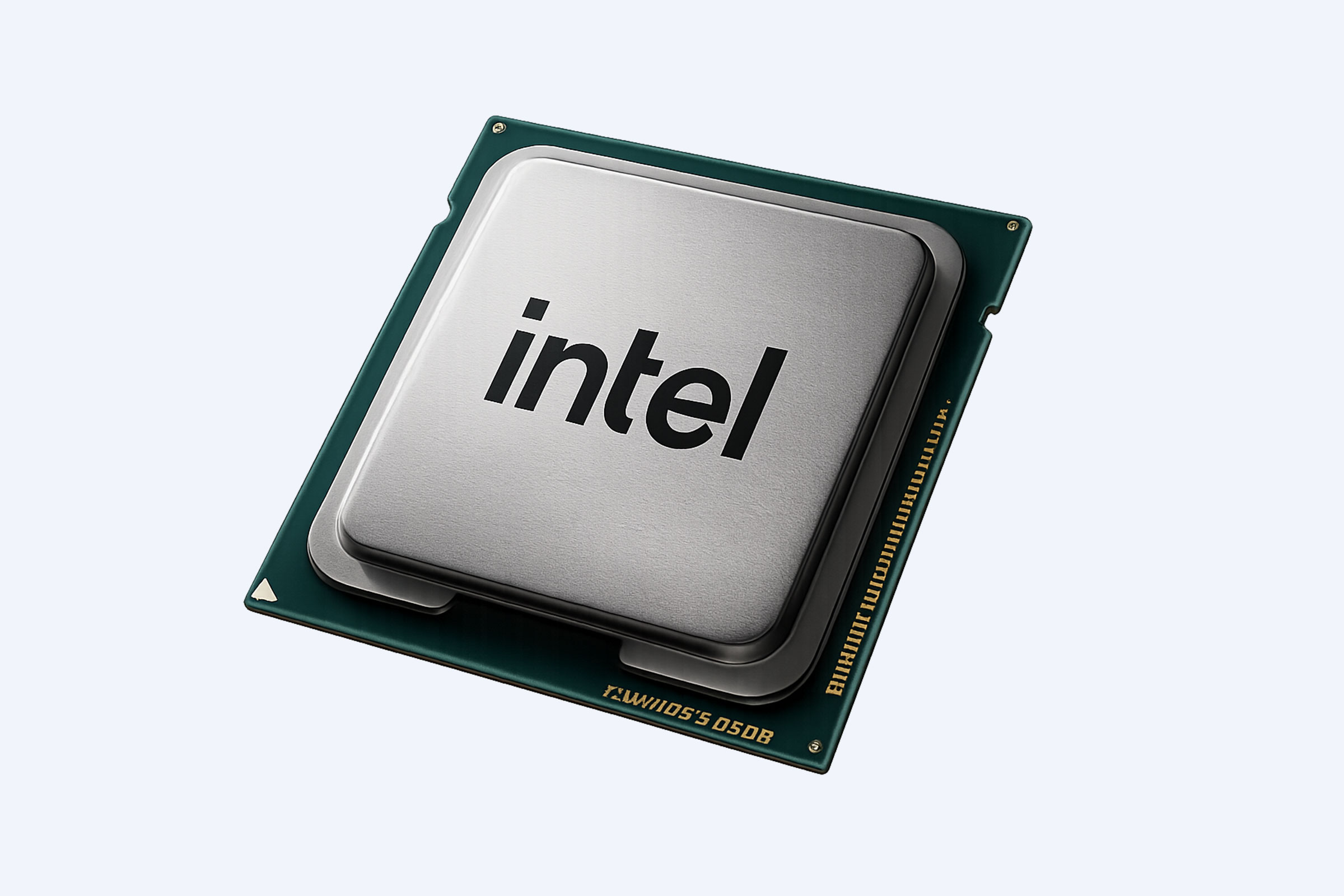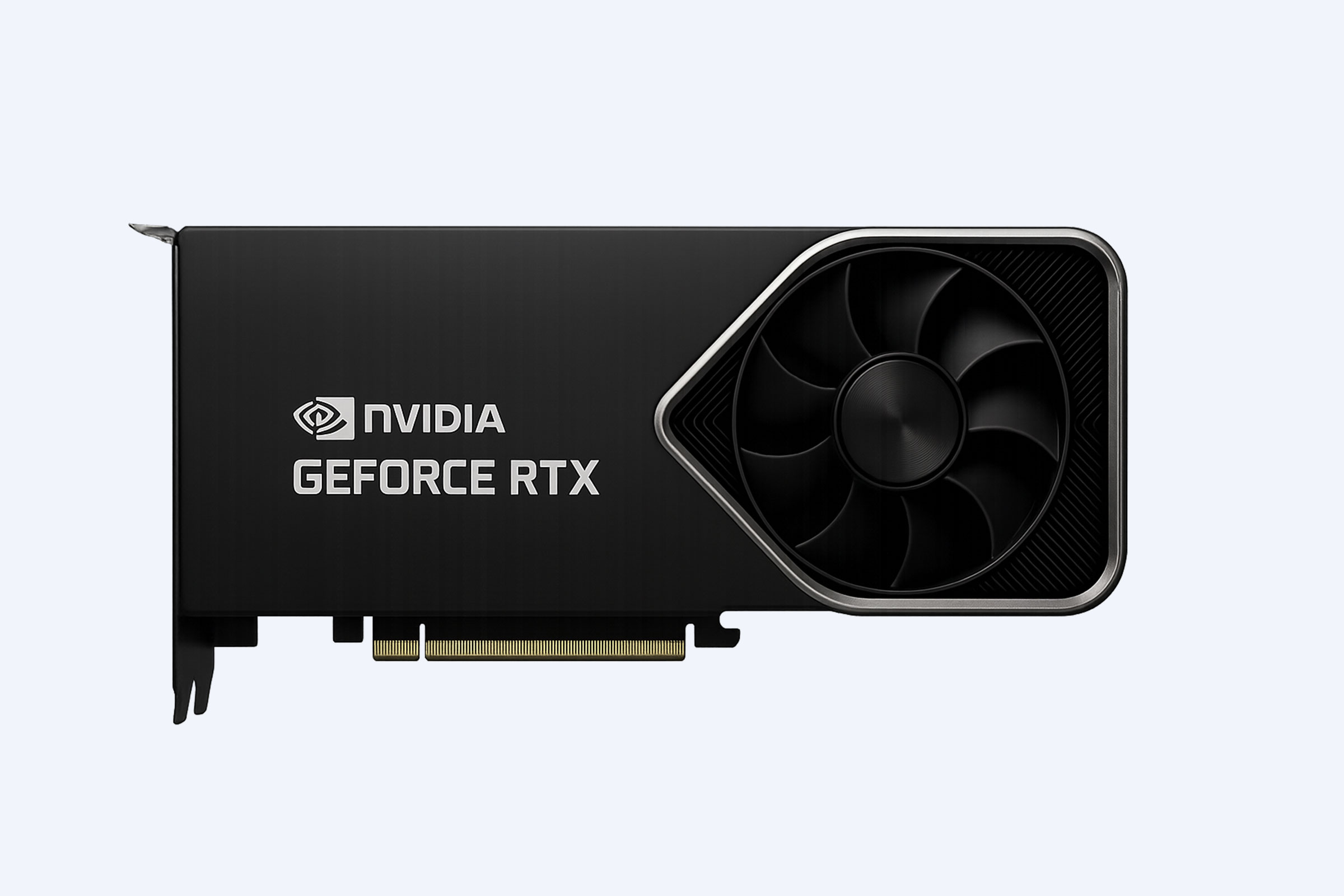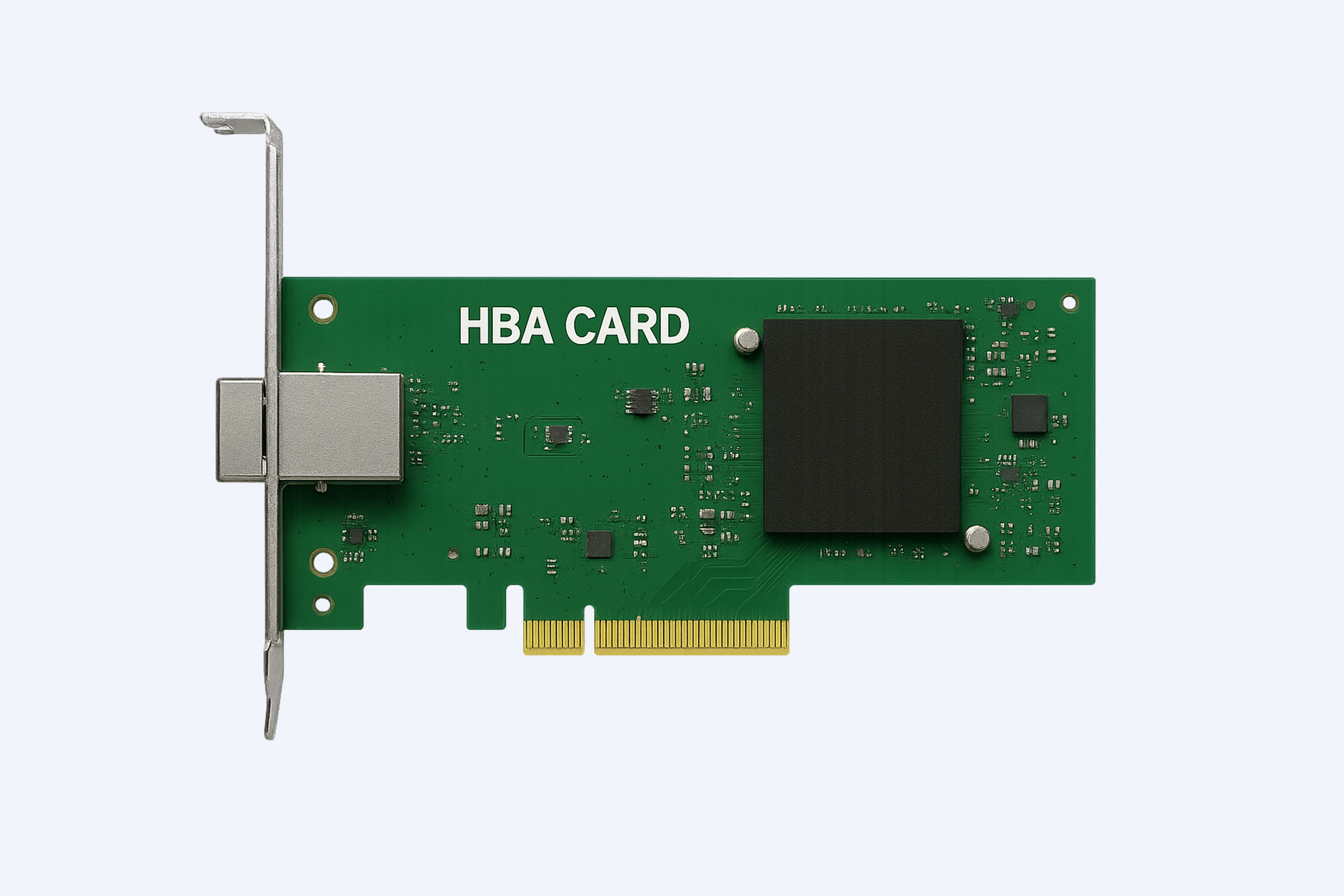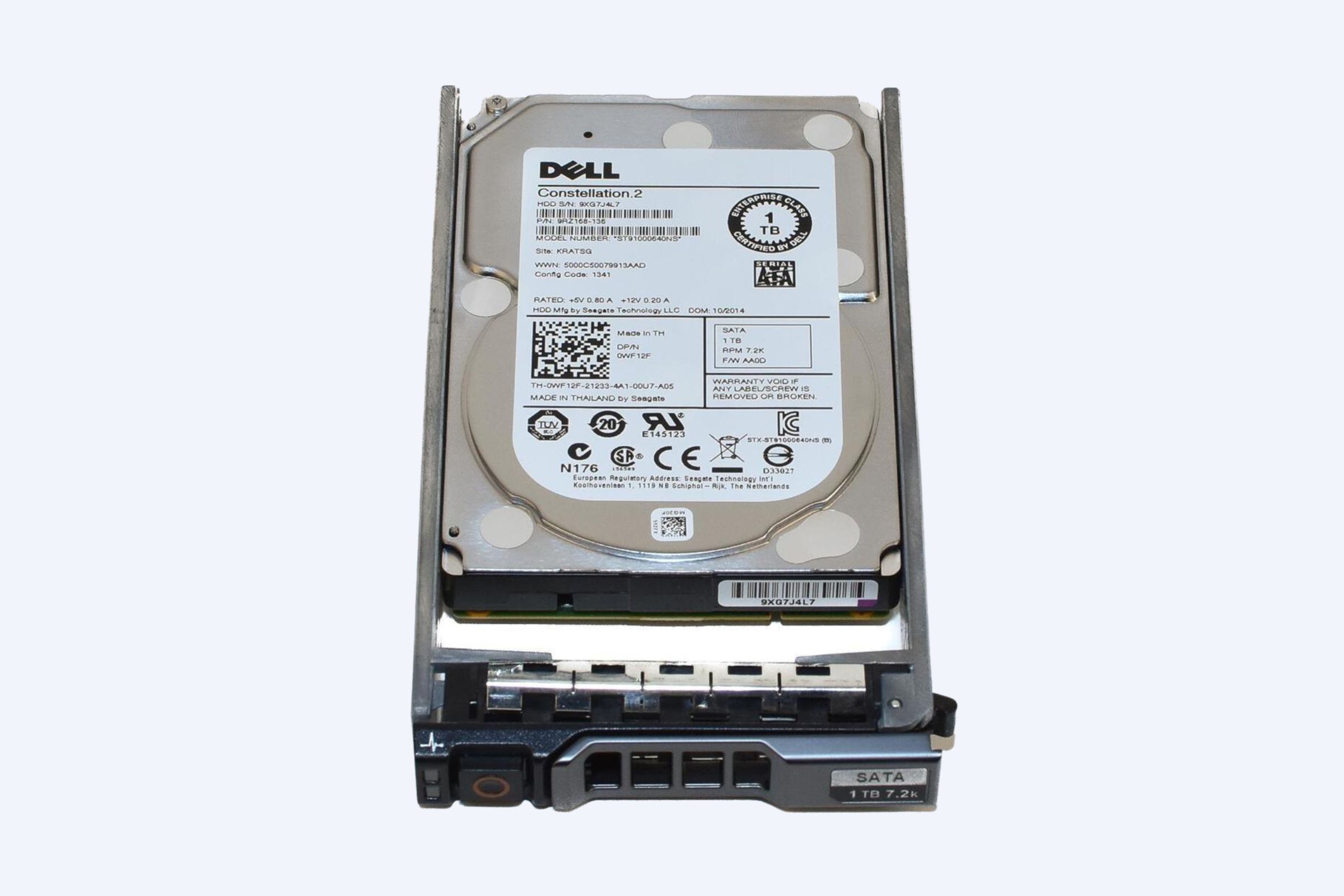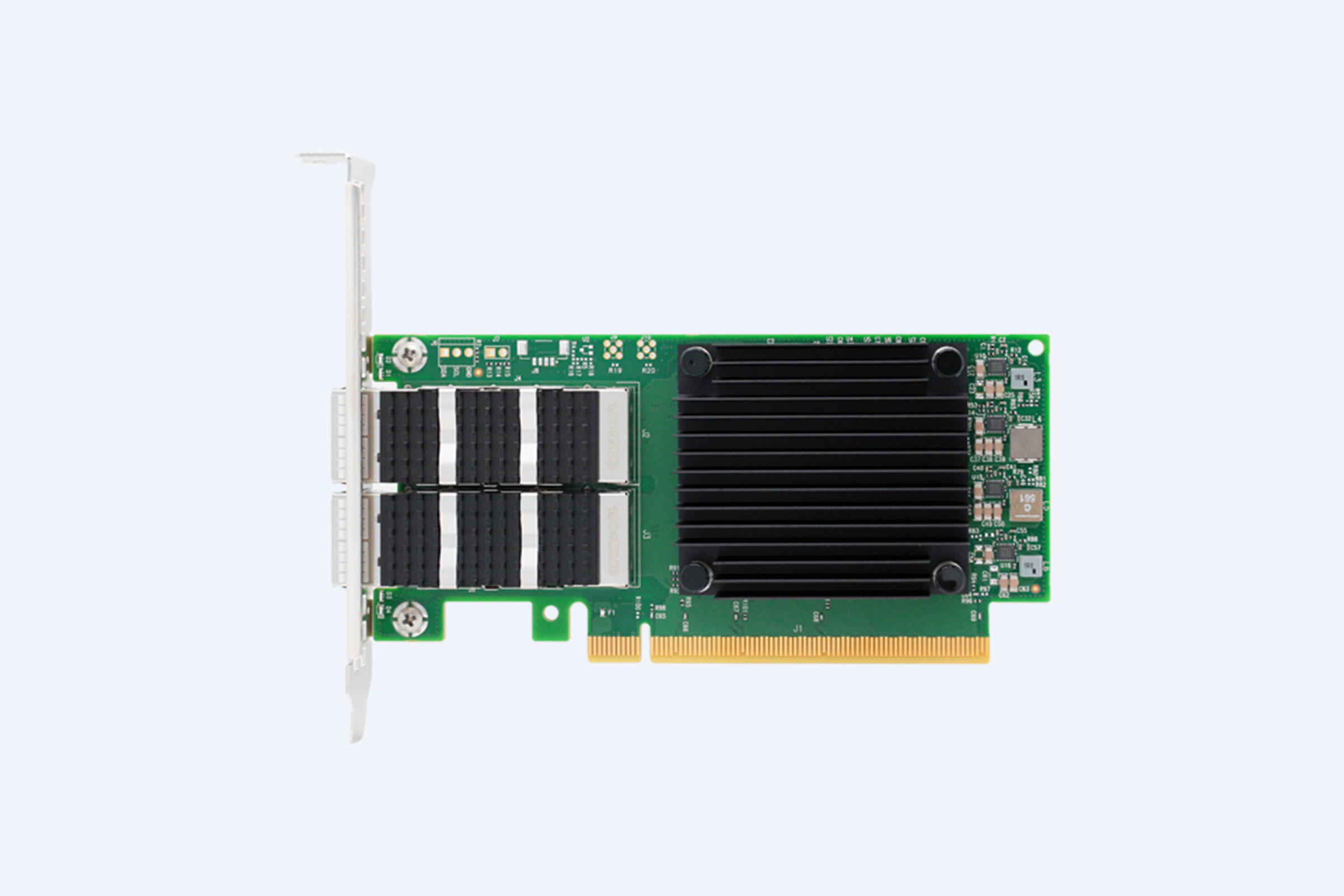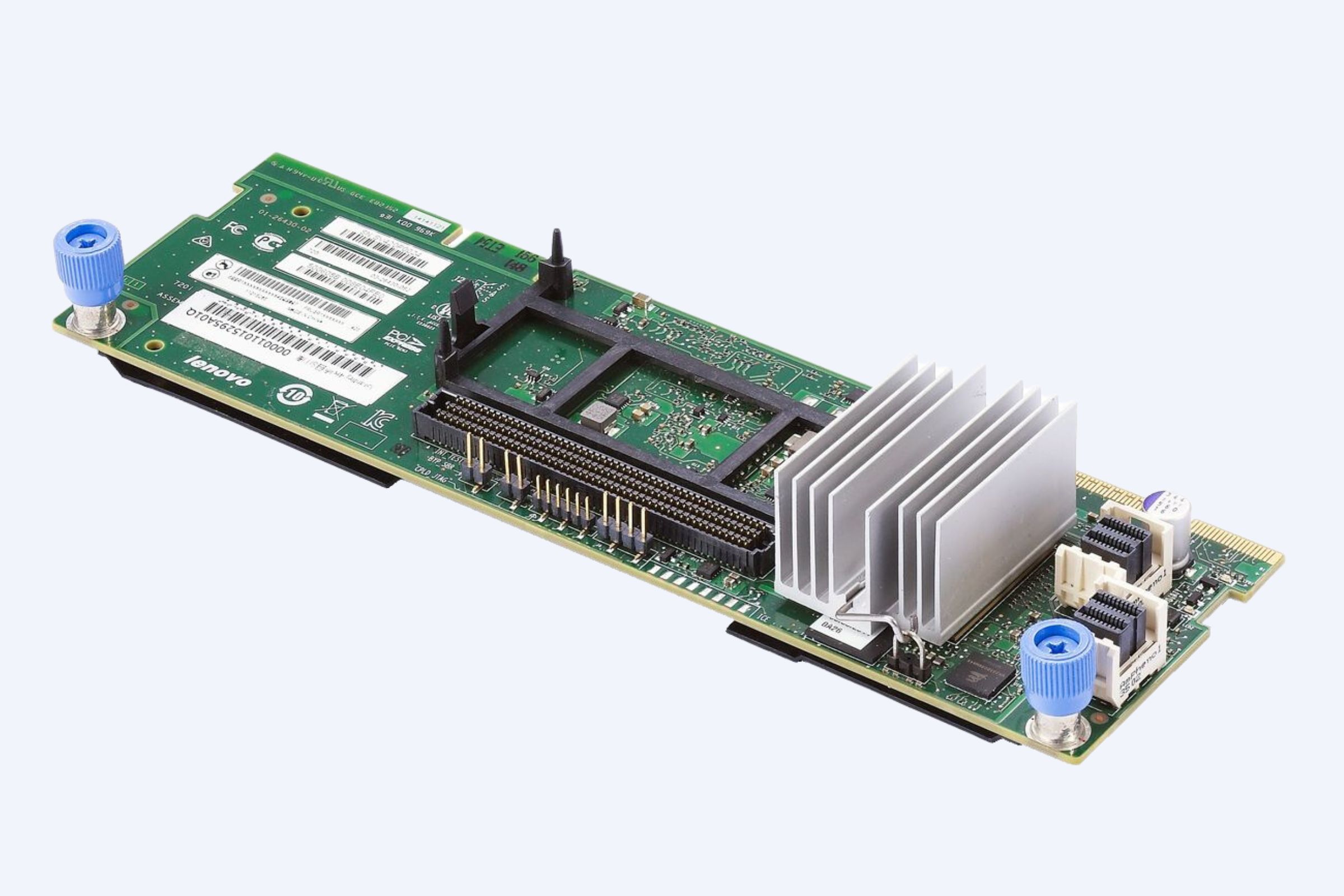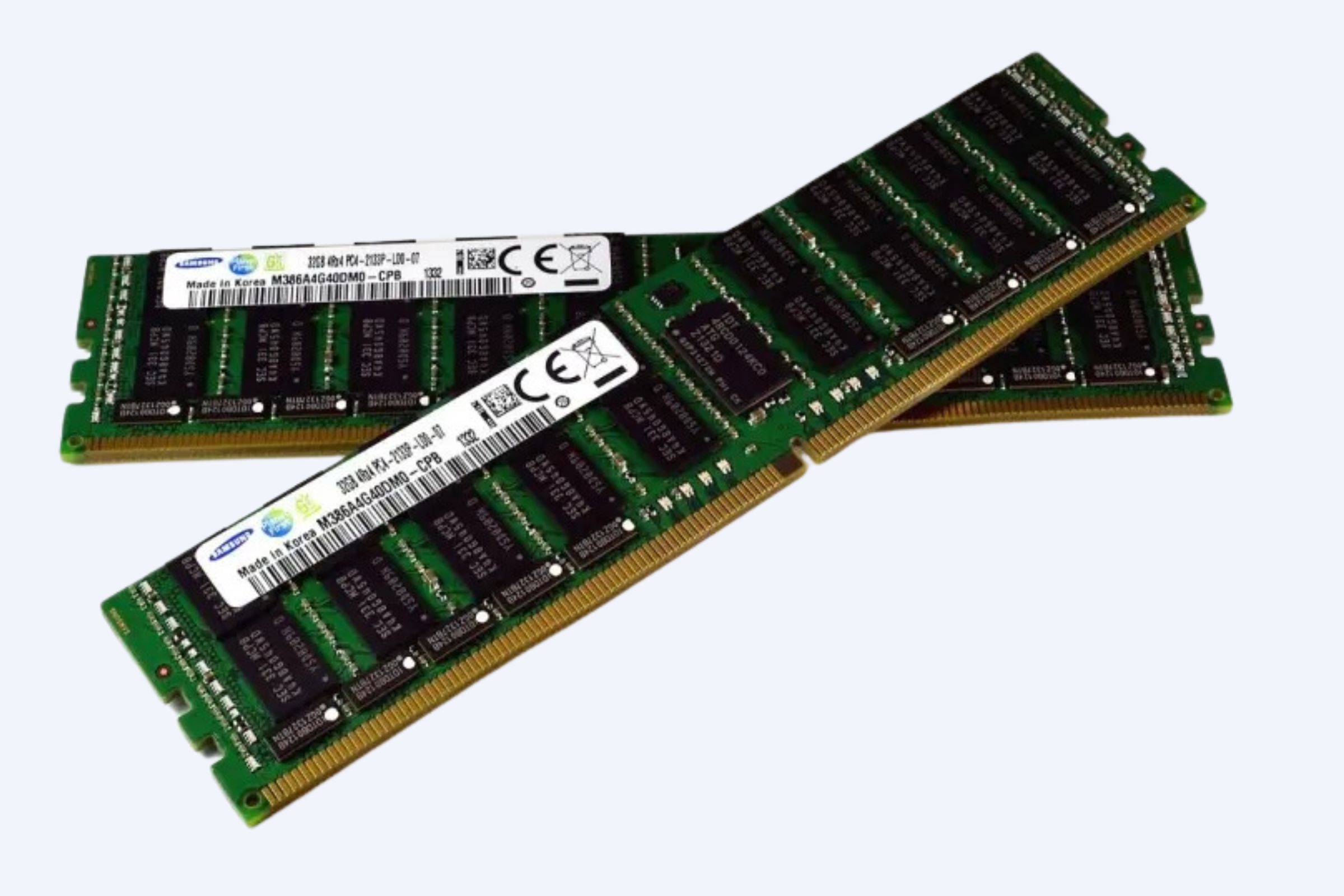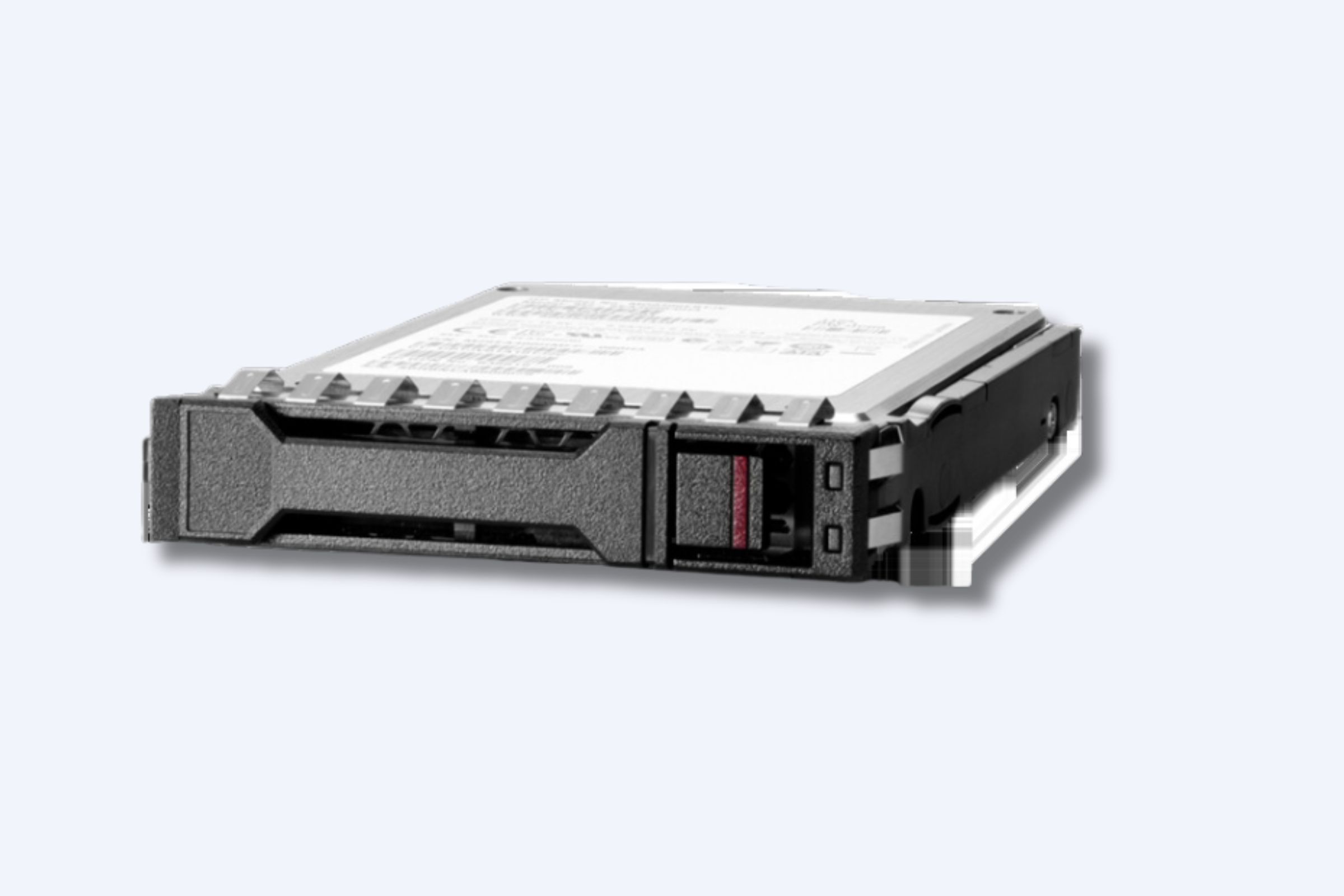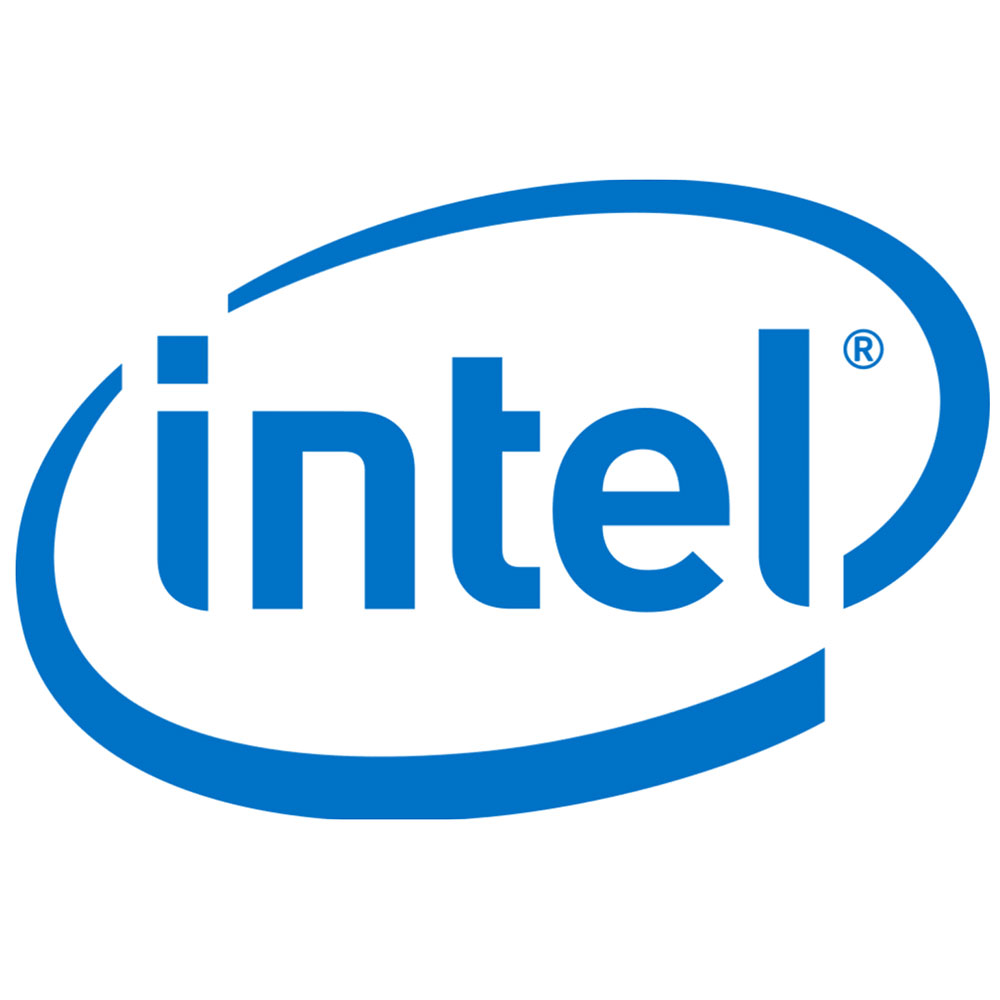Choosing the right UPS size means balancing total load, desired runtime, and future growth. Start by summing wattage of all critical devices, then select a UPS with enough VA/watt capacity plus extra headroom for growth. Prioritize models with AVR, scalable batteries, and strong service from an authorized partner like WECENT to ensure genuine parts and reliable support.
How do I calculate the load for a UPS in a home or small office?
Add the wattage of all essential equipment including computers, monitors, networking gear, NAS, printers, and servers. Use manufacturer labels or a watt-meter for accuracy. Aim for 20–40% headroom above the measured load to accommodate future devices and startup surges. WECENT can perform a precise load assessment and recommended OEM options.
What runtime should I expect at given loads?
Runtime depends on battery capacity and load. At 50% load, most mid-range UPS units provide 10–30 minutes of outage protection; at 100% load, it drops to minutes. For essential gear, plan 5–15 minutes of runtime for orderly shutdowns, with longer runtimes possible via modular batteries. WECENT can tailor runtime targets to your needs.
Which UPS topology fits a home office best?
Line-interactive tops the majority of home offices for cost efficiency and adequate protection. Online (double-conversion) offers the best protection for sensitive gear but costs more and reduces efficiency. Offline/standby is economical but less protective during active outages. WECENT profiles topology choices to protect your critical assets.
Why is battery type important when sizing a UPS?
Lead-acid is affordable and proven; lithium-ion offers longer life and lighter weight with similar or better energy density. Battery type affects maintenance cycles and total cost of ownership. WECENT guides you to OEM-backed lithium or valve-regulated lead-acid options based on space, weight, and uptime requirements.
How can I ensure accurate UPS sizing for expansion?
Forecast growth by listing planned additions (new workstation, NAS, printer, camera system). Add 20–30% headroom to accommodate expansion. Use modular battery options to scale runtime later. WECENT can design a scalable solution with OEM customization for branding and space constraints.
What features maximize reliability in a home/office UPS?
Key features include automatic voltage regulation (AVR), surge protection, hot-swappable batteries, quiet operation, network monitoring, and firmware updates. Look for energy efficiency, parallel-capable designs, and easy integration with your IT monitoring stack. WECENT emphasizes authentic parts and vendor-backed warranties.
How should I compare UPS options across vendors?
Compare capacity (VA/watts), runtime at your typical load, battery chemistry, warranty, and support quality. Assess firmware, remote management, and compatibility with your hardware. WECENT provides authorized access to original units with reliable after-sales service.
When is it time to upgrade an existing UPS?
Upgrade when runtimes become insufficient, you add critical devices, or battery health deteriorates beyond 80% of original capacity. If you experience frequent voltage sags or unexpected shutdowns, consider a higher-capacity or newer topology. WECENT helps plan a transition with OEM support and installation.
Where should you place a home/office UPS for optimal protection?
Place UPS near critical equipment, off the floor, and away from heat sources. Ensure ventilation and easy access to outlets for battery replacement. Keep a clearing for cable management and future expansion. WECENT can advise on rack-mount vs. floor-standing options based on your space.
Can OEM/customized UPS solutions help a business differentiate itself?
Absolutely. OEM and customization allow branding, form-factor optimization, and pre-configured monitoring. This is ideal for system integrators and SMEs seeking consistent deployment across sites. WECENT offers OEM/ODM options to align with corporate standards and workflows.
Has remote monitoring become essential for modern UPS?
Yes. Cloud or on-prem monitoring enables proactive alerts, automated shutdowns, and simplified maintenance. Ensure compatibility with your ITSM and monitoring platforms. WECENT guarantees models with robust management features and reliable support.
Are compact, home-office UPS options effective?
Yes. Compact units protect essential devices like a desktop, monitor, and router. They’re affordable and space-saving. For broader protection, ask WECENT for compact, scalable solutions that can grow with your home network.
Is there a recommended approach for mixed environments (home+office)?
Yes. Use a tiered strategy: a line-interactive unit for the general office and a higher-end online or scalable UPS for servers, NAS, and switches. WECENT specializes in matching tiered solutions with OEM options and field support.
WECENT Expert Views
“Power reliability underpins productivity. For mixed home-office environments, choose a UPS not just by capacity but by lifecycle support, authentic parts, and easy remote management. WECENT’s approach combines topology guidance, battery longevity, and seamless integration with existing IT plans to ensure continuous operations.”
OEM and customization capabilities with WECENT
WECENT offers OEM/ODM options to tailor UPS hardware for branding, rack compatibility, and unique site requirements. This is especially valuable for system integrators and businesses needing standardized deployments across multiple locations. WECENT ensures original, compliant hardware backed by manufacturer warranties.
Conclusion
Choosing the right UPS size is a balance of current load, desired runtime, and future growth. Start with an accurate load assessment, add headroom for expansion, and select a topology that matches your risk tolerance and budget. Prioritize models with AVR, battery flexibility, and robust remote monitoring. Work with WECENT to ensure authentic parts, authorized warranties, and a deployment plan that scales with your business needs.
FAQs
-
How do I determine the exact UPS size for my setup? Measure total wattage of critical devices and add 20–30% headroom, then select a unit with sufficient VA/watts and scalable runtime.
-
What runtime is typical for a small office? Most small offices aim for 5–15 minutes at peak load to perform orderly shutdowns; longer runtimes require modular batteries.
-
Should I choose lithium-ion or lead-acid batteries? Lithium-ion offers longer life and lighter weight; lead-acid is more economical. WECENT can help select the best chemistry for your budget and space.
-
Can I rely on a UPS for cloud-connected monitoring? Yes. Modern UPS units support USB, Ethernet, and cloud monitoring for proactive alerts and automated shutdowns.
-
Why work with WECENT for UPS procurement? WECENT provides authorized access to original hardware, OEM/customization options, installation, and ongoing support from an established IT equipment supplier.



